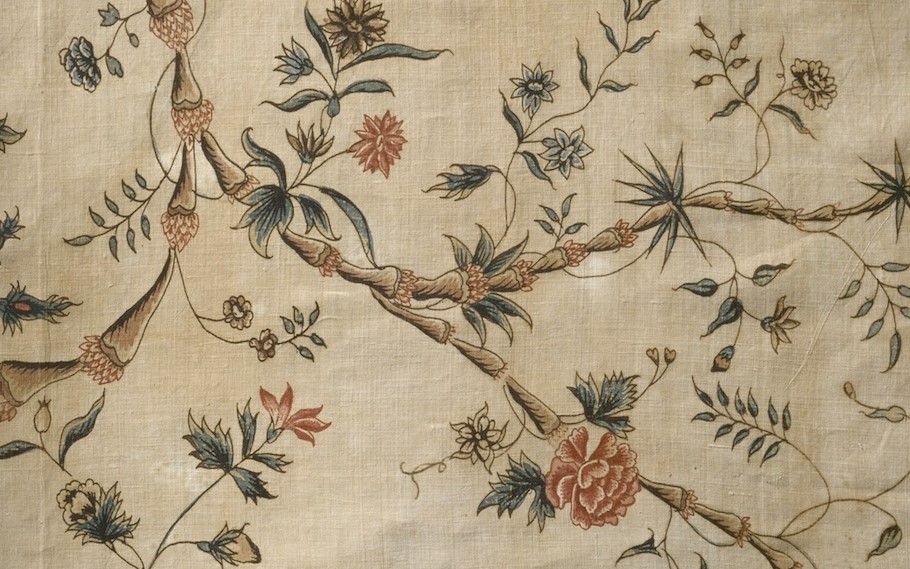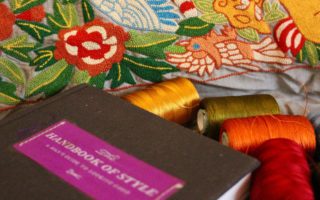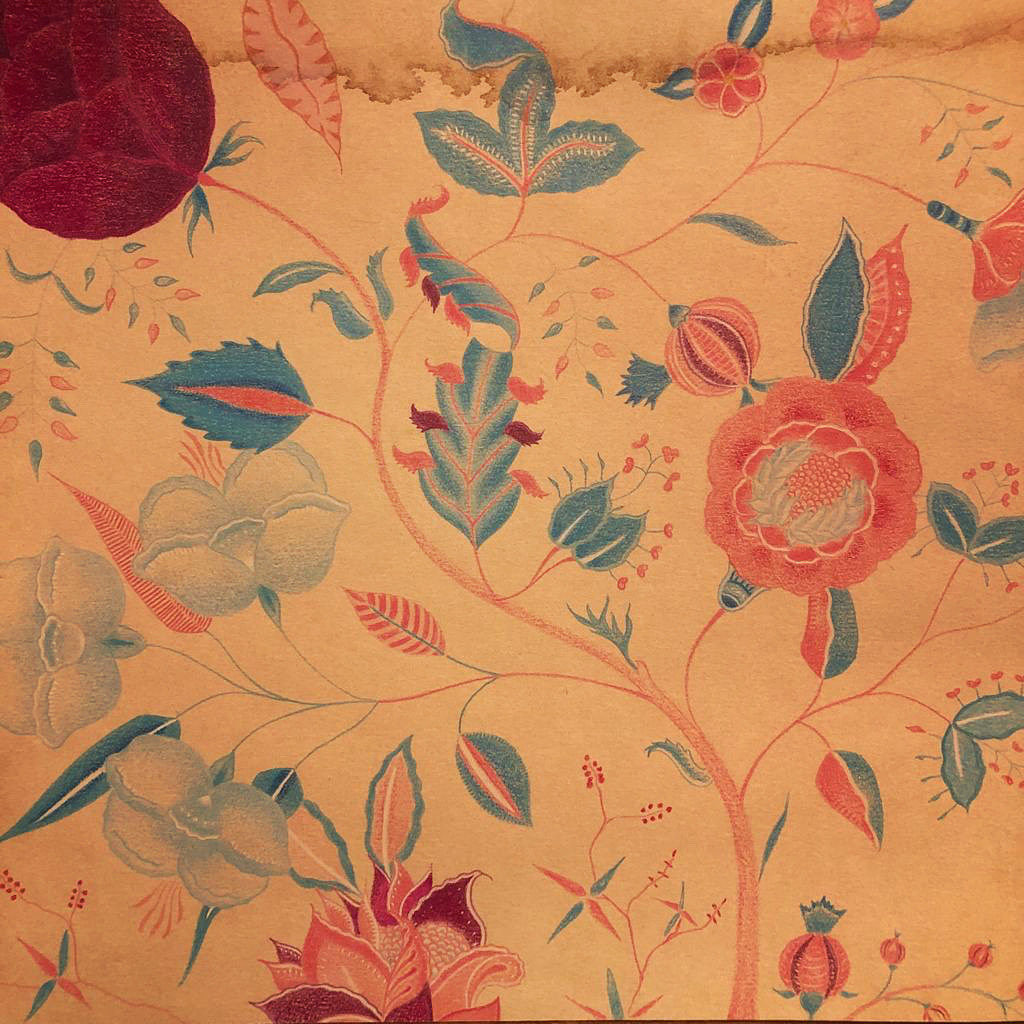
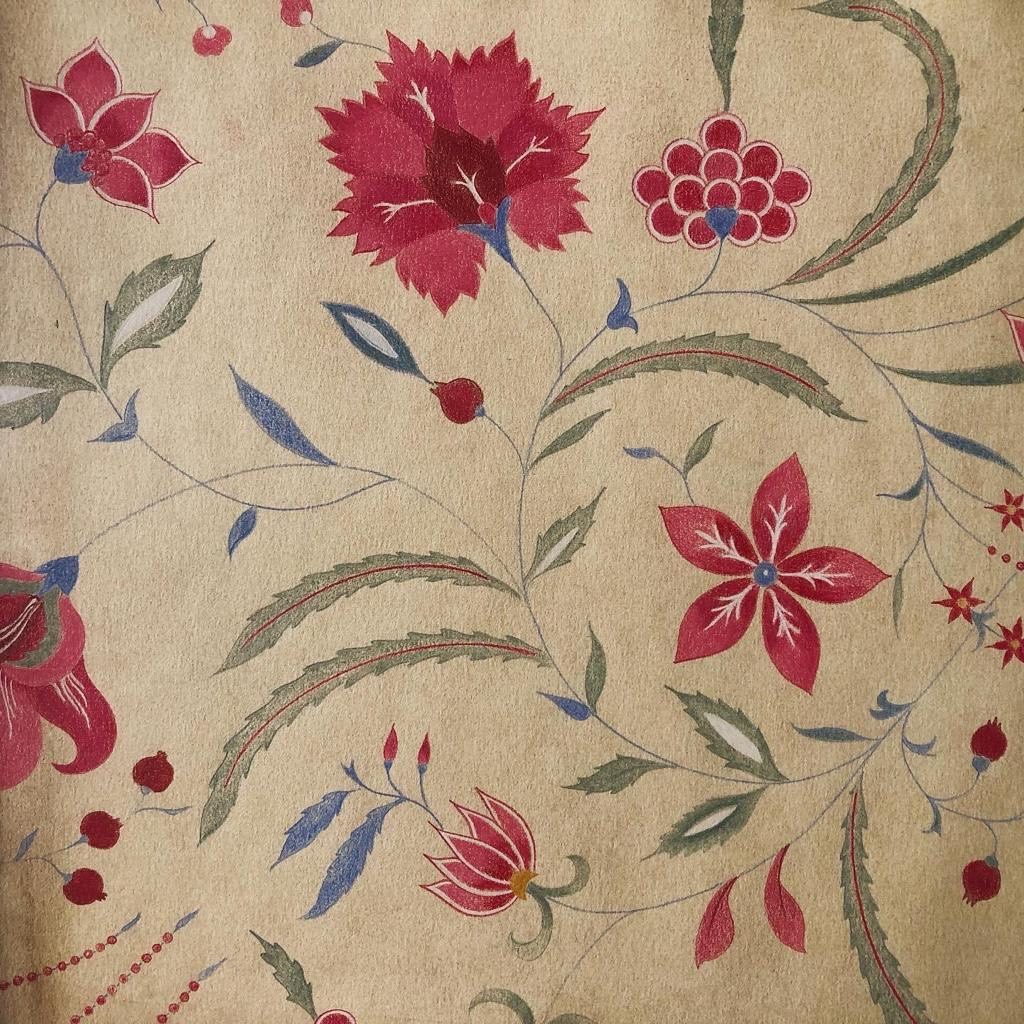
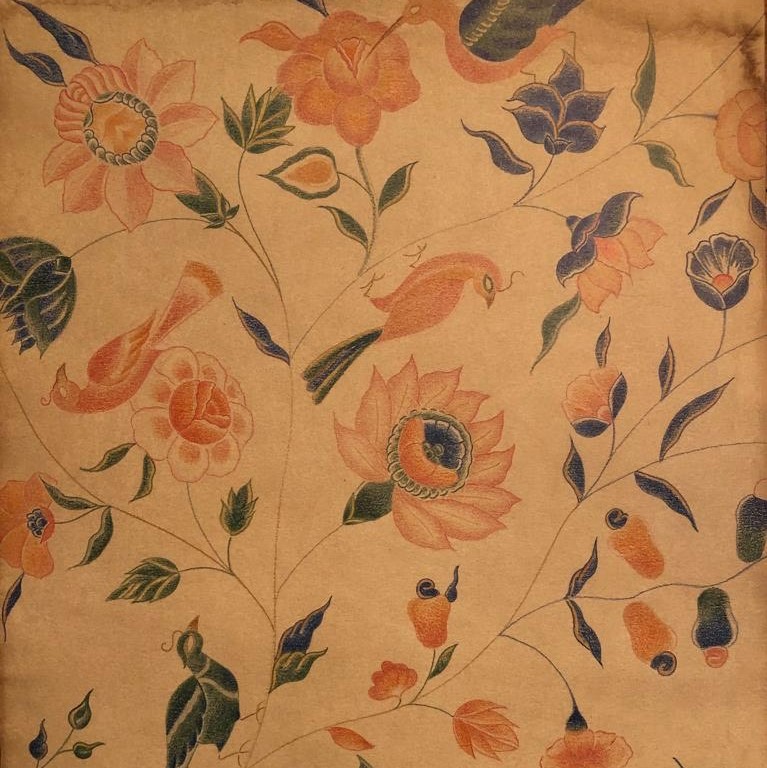
aksalab designs is also designing different types of chintz fabrics which belong to a very old Indian tradition.
Chintz: a bit of history
It is hard to find a textile as enduring as the printed floral. Originally imported from India, chintz has gone in and out of style for over 500 years and gets its name from the Hindi word “chint”, meaning spotted or variegated. This beloved fabric, which was originally made from printed and glazed cotton, features flowers and other patterns in a multitude of colors.
The Dutch and Portuguese traders first introduced chintz to Europe in the 17th century, and it quickly took off. When the aristocracy in France and England first laid their eyes on the fabric, they were surprised by the saturated colors of the dyes. But by the late 17th century, chintz was so wildly popular that both France and England were forced to temporarily ban the fabric in order to protect their own textile mills. As lore has it, the king and courtiers at Versailles chose to flagrantly ignore the ban on chintz and used it widely for both furnishings and court fashions.
The European manufacturers tried to reproduce the look of the Indian fabric, but they were unable to reproduce the colors so vividly. Indian craftsmen had an advantage because they used natural, local dyes, such as indigo, cochineal, and logwood, that were unavailable to Europeans at the time.
